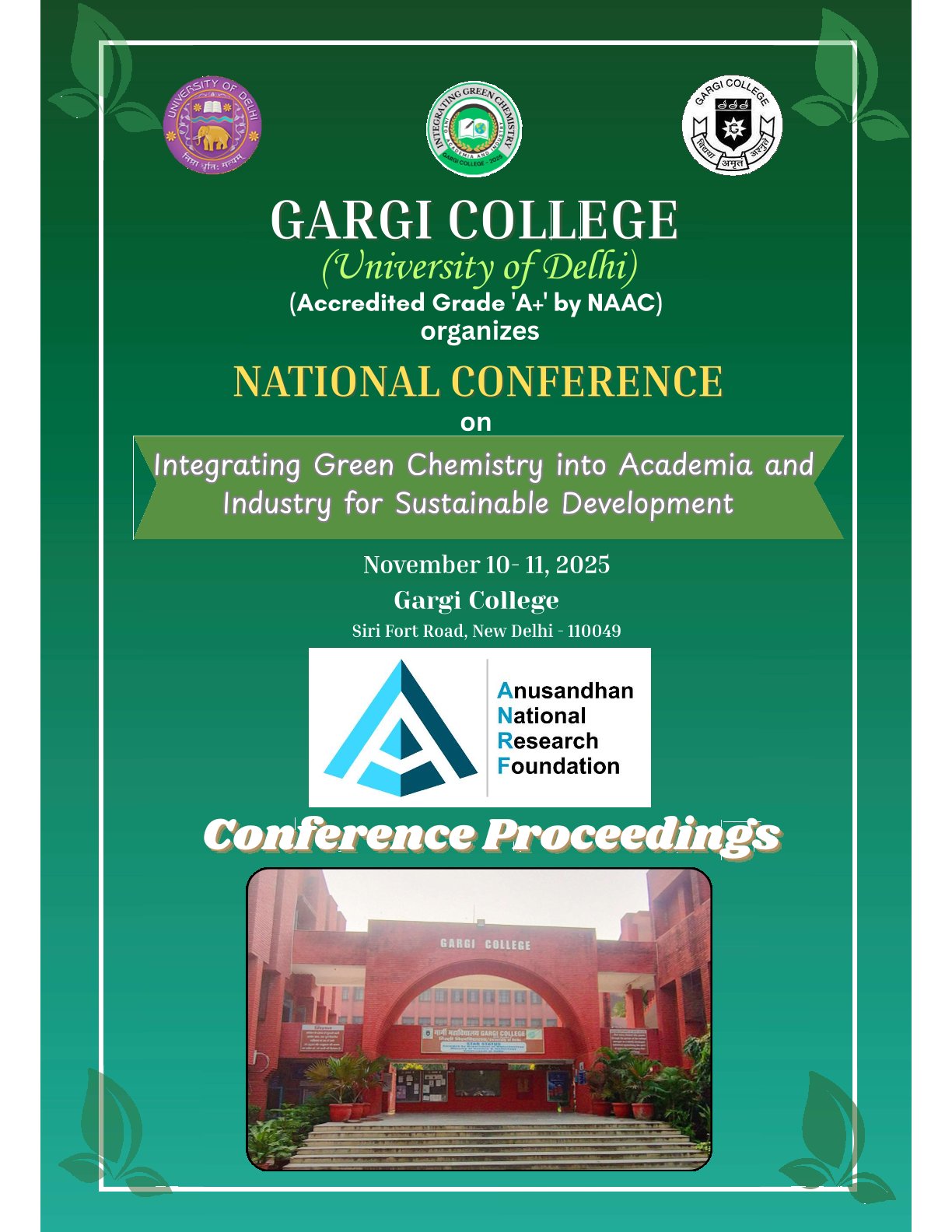Green Synthesis of Bimetallic Nanoparticles and their Multifunctional Applications
Keywords:
Green Chemistry, Bimetallic Nanoparticles, Cu–Ni,, Cu–Pt, Fe-Ni, Fe-Mn, Fe-Co, Ag–Bi₂O, Cu–AgOAbstract
Bimetallic nanoparticles (BMNPs) are nanomaterials combined with two different metal atoms. They can be categorized based on their size, origin, and structure, and they can be produced through physical, chemical, and biological processes (1). BMNPs possess excellent thermal and chemical stability, adjustable electrical and optical characteristics, and improved catalytic performance arising from the synergistic interaction between different metal components (2). The green synthesis of BMNPs has been widely recognized as a sustainable and environmentally friendly approach to fabricating advanced functional materials. By relying on renewable resources like plants (e.g., neem and aloe vera), biopolymers (like chitosan), and microorganisms (such as bacteria and fungi), they are commonly used among other natural sources and minimize both harmful chemical usage and energy demands relative to conventional processes (3). For example, BMNPs like Cu–Ni, Cu–Pt, Fe–Ni, Fe–Ti, and Fe–Mn are used for dye degradation and wastewater treatment (4); Au–Fe NPs and Ni–Co NPs serve as CT/MRI contrast agents; Fe–MgO NPs and Fe–TiO₂ NPs are utilized for wastewater remediation; Cu–AgO NPs is applied in biosensors; ZnO–Ag NPs is effective for dye degradation and antimicrobial activity; Fe–CuO NPs aid in magnetic separation and pollution control; Ag–Bi₂O₃ NPs and ZnO–Bi₂O₃ NPs are employed for photocatalysis; CuO–Bi₂O₃ NPs is used in supercapacitors and batteries; and FeO–ZnO NPs are designed for antibacterial coatings and water purification. Future prospects lie in optimizing synthesis parameters for wider production, exploring novel biogenic precursors, and integrating these materials into multifunctional devices for energy, environmental remediation, and healthcare sectors (5). However, many preparation procedures are expensive, difficult, and unscalable, limiting industrial use. BMNPs' toxicity and environmental consequences are unknown, causing disposal and health issues. Addressing these will be critical for advancing green synthesised BMNPs from laboratory research for industrial applications, supporting sustainable development goals, and technological innovation.
Downloads
Published
Conference Proceedings Volume
Section
Categories
License
Copyright (c) 2025 RSYN Proceedings

This work is licensed under a Creative Commons Attribution-NonCommercial-NoDerivatives 4.0 International License.



